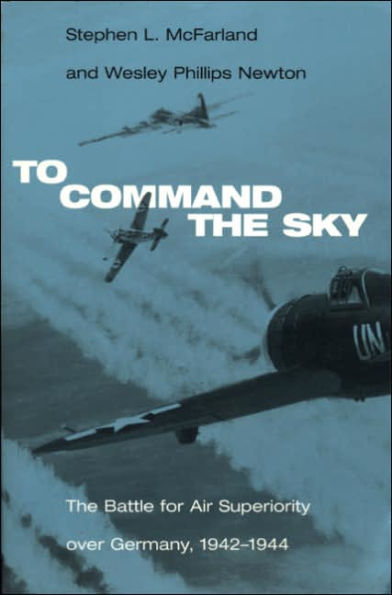To Command the Sky: The Battle for Air Superiority Over Germany, 1942-1944
To Command the Sky is a scholarly record of the fight for domination of the skies over western Europe during World War II. It also explains the technical details of the tactics used to defeat the Luftwaffe. This book is important for serious students of World War II or military aviation.
1101752837
To Command the Sky: The Battle for Air Superiority Over Germany, 1942-1944
To Command the Sky is a scholarly record of the fight for domination of the skies over western Europe during World War II. It also explains the technical details of the tactics used to defeat the Luftwaffe. This book is important for serious students of World War II or military aviation.
34.95
In Stock
5
1

To Command the Sky: The Battle for Air Superiority Over Germany, 1942-1944
344
To Command the Sky: The Battle for Air Superiority Over Germany, 1942-1944
344Paperback(First Edition, First Edition)
$34.95
34.95
In Stock

Product Details
| ISBN-13: | 9780817353469 |
|---|---|
| Publisher: | University of Alabama Press |
| Publication date: | 03/06/2006 |
| Series: | Smithsonian History of Aviation and Spaceflight Ser. |
| Edition description: | First Edition, First Edition |
| Pages: | 344 |
| Product dimensions: | 6.00(w) x 9.00(h) x 1.00(d) |
From the B&N Reads Blog
